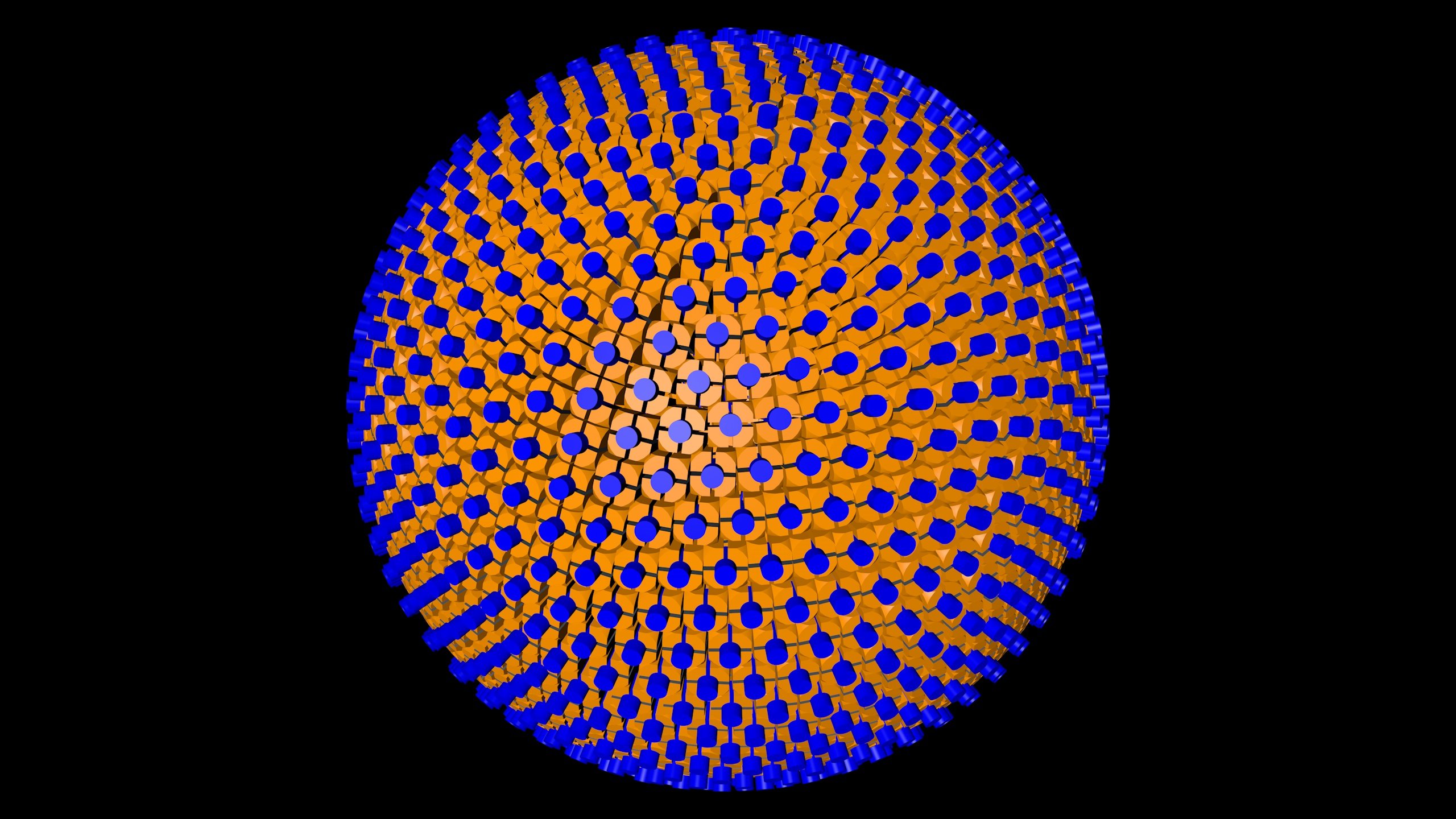
Researchers in Vienna are working on a radically new approach for a vaccine against COVID-19. They want to induce immunity via the nasal mucosa. The underlying premise: the vaccine must enter the cells via the same route as the virus does and activate the immune system through the nasal mucosa. The research project is being carried out at the Institute for Synthetic Bio-architecture, part of the University of Natural Resources and Applied Life Sciences (BOKU) in Vienna, Austria. The research partner is the American biotechnology company Avalon GloboCaree.
The idea is based on a molecular building block system developed in the NanoBiotechnology department at BOKU Vienna. The building block contains a special protein that was discovered in the 1970s by the now emeritus professor Dr. Uwe B. Sleytr. He observed through an electron microscope that most bacteria have a surface that is made up of this protein. Sleytr called this protein Surface Layer Protein, or S-layer. It wraps the bacteria in a protective grid structure. This allows the bacteria to interact with its surroundings. The researcher succeeded in extracting the protein. Now he wants to further develop his research and use the ability of the S-layer to communicate for creating a new vaccine.
Vaccine warns the immune system
The S-layer building blocks form a hollow protein shell on which material from the COVID-19 virus can be applied. This will lead to a virus that matches the COVID-19 particles in terms of surface area and function but does not cause disease. Sleytr compares this effect with a Trojan horse devoid of soldiers. The idea is to induce an immune response with the vaccine. The virus-like nanoparticle should be able to trigger a warning to the immune system so that it can prepare for the virulent virus. If this succeeds, it would constitute a completely new strategy to combat the pandemic, says fellow project leader Professor Dr Eva-Kathrin Ehmoser.
Cooperation is interdisciplinary. Ehmoser heads the Institute for Synthetic Bioarchitectures at BOKU Vienna. This approach stems from molecular and cellular biology. She is contributing her research results on nerve cells in the nasal mucosa to the project. The COVID-19 virus enters the human body via the nasal mucosa. New in this approach is that the vaccine will follow the same route. This means that it will not need to be injected, but administered via a spray instead. According to Ehmoser, the study will reveal whether the immune system plays a role in this process. At the moment, it is still unclear whether the immune system will be sufficiently activated.
At present, it is also unclear whether people who had already been infected are actually immune. And therefore, we do not know if we will ever achieve herd immunity.”
Professor Dr. Eva-Kathrin Ehmoser
An advantage of using this method is that it allows for flexibility in response to gene mutations. The surface structure can be quickly adjusted by modifying the gene. It is also a method that is capable of reacting to SARS-COVID-like pathogens. Consequently, the vaccine can also be used against other pathogens, Ehmoser states: “This is basic research, but with a clear objective in mind.”
The project must be completed within one year. Wherever possible, preliminary tests on cells and in animal models should also take place within this period as part of the first clinical phase.
Also interesting: COVID-19 Vaccine from Humane Genomics is one step closer

